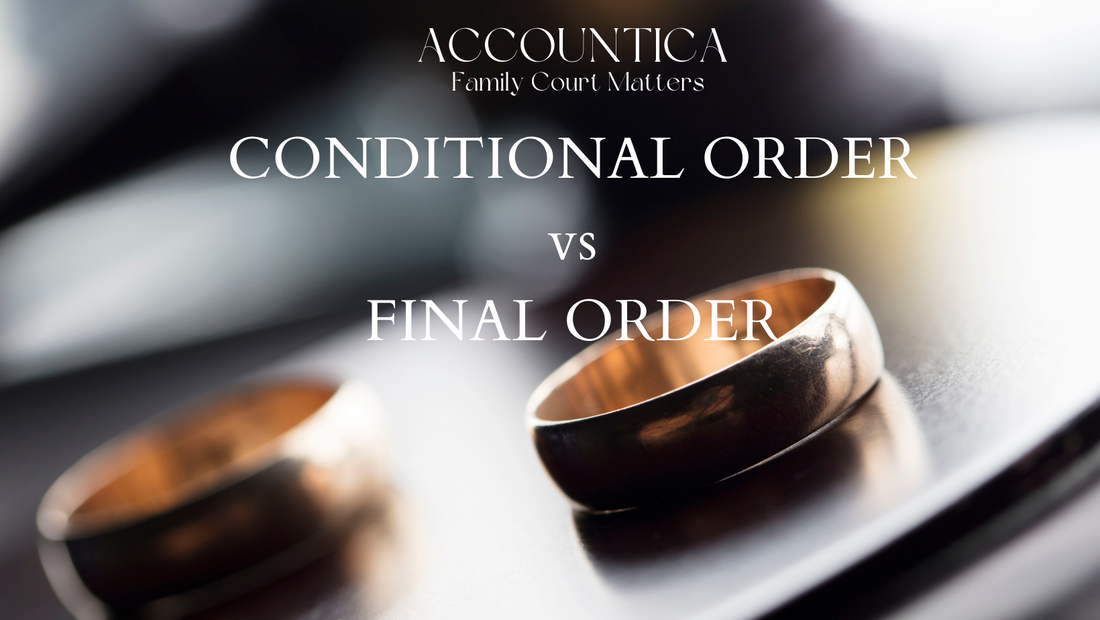The distinction between a Conditional Order and a Final Order is pivotal. The former, historically referred to as a Decree Nisi, and the latter, known as a Decree Absolute, represent sequential stages in the legal dissolution of a marriage or civil partnership.
Conditional Order (Decree Nisi)
Upon the successful submission of a divorce or dissolution application, and subsequent acknowledgment by the responding party, the petitioning party(ies) may proceed to apply for a Conditional Order. This application signifies an interim stage in the legal process and is permissible solely after a minimum elapse of 20 weeks from the issuance date of the initial application. The Conditional Order serves to affirm the court's recognition of the petitioner's entitlement to dissolve the marriage or partnership, contingent upon any objections or further considerations.
Final Order (Decree Absolute)
Subsequent to the issuance of a Conditional Order, the final procedural step involves the acquisition of a Final Order. This stage, attainable 6 weeks and 1 day post the granting of the Conditional Order, culminates in the legal termination of the marriage or civil partnership.
Should there be a failure to apply for the Final Order within a span of 12 months following the acquisition of the Conditional Order, the petitioner is mandated to elucidate the reasons for such delay to the court's satisfaction.

